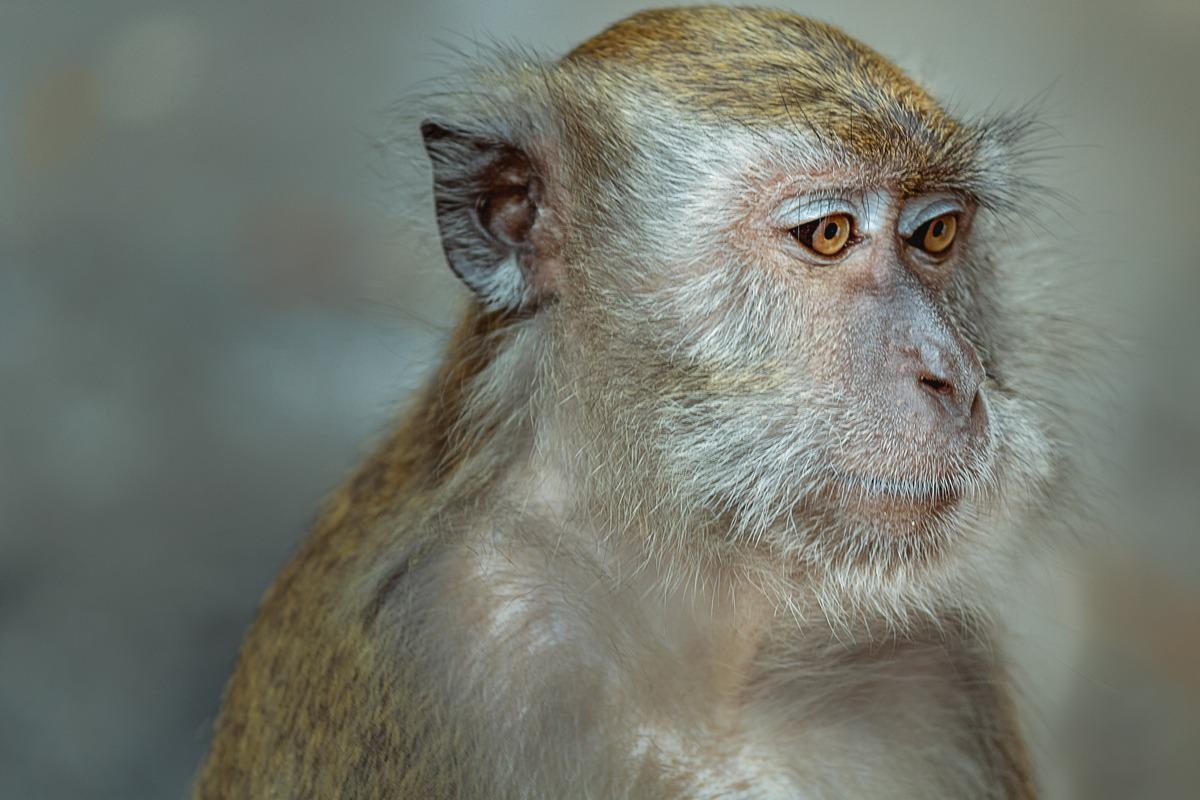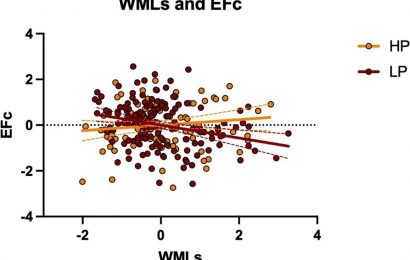In a recent study posted to the bioRxiv* preprint server, researchers assessed coronavirus disease 2019 (COVID-19) vaccine-induced humoral and cellular immune responses targeting the severe acute respiratory syndrome coronavirus 2 (SARS-CoV-2) Omicron variant in macaques.
 Study: Vaccine Protection Against the SARS-CoV-2 Omicron Variant in Macaques. Image Credit: Fayeem/Shutterstock
Study: Vaccine Protection Against the SARS-CoV-2 Omicron Variant in Macaques. Image Credit: Fayeem/Shutterstock
Background
The rapid transmission of the Omicron (B.1.1.529) variant, including breakthrough infections in vaccinated populations, has led to concerns regarding the efficacy of currently used clinically approved vaccines for mitigating the SARS-CoV-2 pandemic.
Previous studies have focused on neutralizing antibodies (NAb) titers when evaluating vaccine protection against SARS-CoV-2 infection. However, in the case of heavily mutated SARS-CoV-2 variants such as Omicron, vaccine-elicited T cell responses may be of greater importance due to the reportedly high levels of Omicron's escape from vaccine-induced NAb responses. However, in-depth understanding regarding the immune correlates of vaccine protection against Omicron is still lacking.
About the study
In the present study, the researchers evaluated the immunogenic characteristics and protective efficacy of the vector-based Ad26.COV2.S and messenger ribonucleic acid (mRNA)-based BNT162b2 COVID-19 vaccines against the SARS-CoV-2 Omicron variant.
The team analyzed 30 adult male and female cynomolgus macaques vaccinated with homologous and heterologous prime-boost regimens of the Ad26.COV2.S and BNT162b2 vaccines. Following vaccination, macaques were challenged with Omicron intranasally and intratracheally.
The pseudovirus neutralizing antibody assay and enzyme-linked immunosorbent assay (ELISA) were used to measure the Omicron-specific NAb levels. The Omicron-specific CD8+ and CD4+ T cell responses were quantified using pooled peptide-stimulated intracellular cytokine staining (ICS) assays.
Findings
The results indicated after the homologous and heterologous prime-boost vaccination regimens with BNT162b2 and Ad26.COV2.S vaccines, the cynomolgus macaques developed substantially high Omicron-specific NAbs and CD8+ T cell responses.
Before the booster vaccination, Omicron NAbs were lower in all vaccination groups. The NAbs directed towards Omicron, including the Omicron S- and RBD-specific NAbs, were the highest in those animals boosted with BNT162b2 compared to Ad26.COV2.S. However, Omicron-specific Ab responses were ten times lower than the WA1.2020-specific Ab responses following the homologous and heterologous boosts.
Ad26.COV2.S-primed macaques had 13 times higher WA1.2020 S-specific CD8+ T cell responses than the BNT162b2-primed animals, whereas the WA1.2020 S-specific CD4+ T cell responses were similar across all vaccination groups. Moreover, Omicron and WA1.2020 induced similar CD8+ and CD4+ T cell responses, indicating significant T cell cross-reactivity.
The CD8+ and CD4+ T cells targeting Omicron were higher in Ad26.COV2.S vaccine-boosted animals compared to the BNT162b2 vaccine-boosted ones.
The levels of Omicron RBD-specific memory and germinal center B cells were comparable across all vaccination groups following the booster dose. Further, peripheral Omicron RBD-specific memory B cells correlated with serum Omicron NAb titers and lymph node Omicron RBD-specific germinal center B cells after the booster vaccination.
The sham controls demonstrated a more prolonged virus in nasal swabs (NS) relative to bronchoalveolar lavage (BAL) following the challenge with Omicron through nasal and tracheal routes. In contrast, vaccinated macaques exhibited rapid control of the virus in BAL, and most of them also controlled Omicron in NS.
Four vaccinated macaques with moderate Omicron NAb levels but insignificant Omicron CD8+ T cell responses could not control Omicron replication in the upper respiratory tract by the seventh day following the Omicron challenge. However, those animals with high CD8+ T cell response but low NAb titer or low CD8+ T cell response but high NAb titer exhibited a rapid virologic control after the Omicron challenge.
The histopathology and immunohistochemistry profiles of an additional set of macaque cohorts following two days of Omicron infection demonstrated rare SARS CoV-2-positive ciliated epithelial cells in the nasopharynx and lymphoid hyperplasia in the submucosa. Furthermore, interstitial inflammation, syncytial formation, endothelialitis, and expansion of septae, were observed in the lungs of Omicron-infected animals. However, the two-tailed Mann-Whitney test demonstrated that Omicron-infected macaques' lung histopathology scores were lower than that of WA1/2020-infected animals.
Conclusions
The study findings show that the prime-boost regimens with Ad26.COV2.S and BNT162b2 vaccines provide robust protection in most macaques challenged with high-dose SARS-CoV-2 Omicron variant by controlling the viral replication in the upper and lower respiratory tracts.
Further, the study indicated that the protection against the highly mutated SARS-CoV-2 Omicron variant significantly correlates with cellular and humoral immune responses due to the Omicron's escape from vaccine-elicited NAb responses.
Further, the findings in macaques were in line with the human data, demonstrating higher Omicron-specific NAb titers induced by BNT162b2 than Ad26.COV2.S, and higher Omicron-specific CD8+ T cell responses induced by Ad26.COV2.S than BNT162b2.
Overall, the study highlights the significance of mix-and-match vaccine regimens to diversify the immune responses against highly mutated variants of SARS-CoV-2 such as Omicron.
*Important notice
bioRxiv publishes preliminary scientific reports that are not peer-reviewed and, therefore, should not be regarded as conclusive, guide clinical practice/health-related behavior, or treated as established information.
-
Chandrashekar, A. et al. (2022) "Vaccine Protection Against the SARS-CoV-2 Omicron Variant in Macaques". bioRxiv. doi: 10.1101/2022.02.06.479285. https://www.biorxiv.org/content/10.1101/2022.02.06.479285v1
Posted in: Medical Science News | Medical Research News | Disease/Infection News
Tags: Antibodies, Antibody, Assay, CD4, Cell, Coronavirus, Coronavirus Disease COVID-19, covid-19, Cytokine, Efficacy, Enzyme, Histopathology, Homologous, Hyperplasia, Immunohistochemistry, Inflammation, Intracellular, Lungs, Lymph Node, Omicron, Pandemic, Pseudovirus, Respiratory, Ribonucleic Acid, SARS, SARS-CoV-2, Severe Acute Respiratory, Severe Acute Respiratory Syndrome, Syndrome, Vaccine, Virus

Written by
Shanet Susan Alex
Shanet Susan Alex, a medical writer, based in Kerala, India, is a Doctor of Pharmacy graduate from Kerala University of Health Sciences. Her academic background is in clinical pharmacy and research, and she is passionate about medical writing. Shanet has published papers in the International Journal of Medical Science and Current Research (IJMSCR), the International Journal of Pharmacy (IJP), and the International Journal of Medical Science and Applied Research (IJMSAR). Apart from work, she enjoys listening to music and watching movies.
Source: Read Full Article


